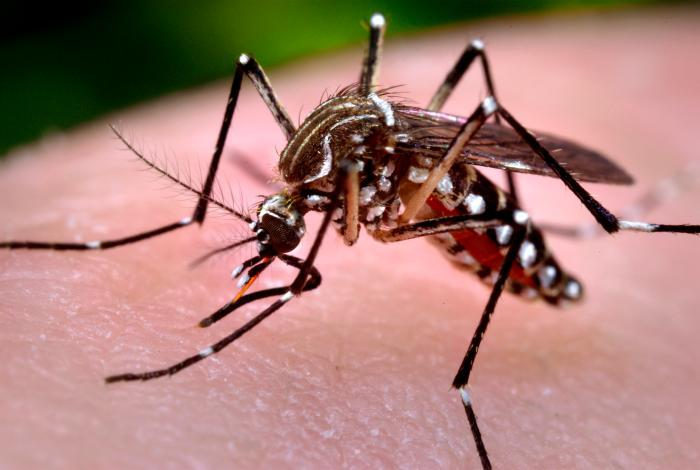The US Food and Drug Administration (FDA) and the Centers for Disease Control and Prevention (CDC) on May 9 recommended a pause in the use of Valneva’s chikungunya vaccine (Ixchiq) in people ages 60 and older while officials investigate severe adverse events, some neurologic and cardiac, in vaccine recipients.

Globally, 17 severe adverse events, 2 of them fatal, have been reported in people ages 62 to 89 years who received the vaccine. Six were from the United States. The FDA said it will conduct an updated risk-benefit assessment.
The FDA approved the vaccine in November 2023 for use in people ages 18 and older at increased risk for the mosquito-borne disease. At its meeting in April, CDC vaccine advisors recommended including a precaution about the vaccine’s use in people ages 65 and older. The FDA and CDC said about 80,000 doses have been given globally.
Ixchiq contains a weakened form of the virus, which may cause symptoms of chikungunya. Federal officials said some of the severe adverse events reported are similar to severe complications from the disease.
In a statement today, Valneva supported precautionary measures that groups have announced. It added that most of the reports involved those who had underlying health conditions or were taking other medications. It said a thorough investigation is critical for sorting whether the adverse events are related to use of the vaccine.
Pause follows earlier alert, regulator actions in Europe
The recommended pause for use in people ages 60 and older follows a CDC alert in early March that said it was investigating five hospitalizations in people ages 65 and older who had received the vaccine.
In late April, French drug regulators updated their recommendations for Ixchiq after reports of adverse reactions in older people with underlying health conditions who were prioritized the receive the vaccine in a large ongoing outbreak in La Reunion and Mayotte. On May 7, the European Medicines Agency announced that its safety committee had launched a review of Ixchiq in older people and said the vaccine must not be used in people ages 65 and older.
















